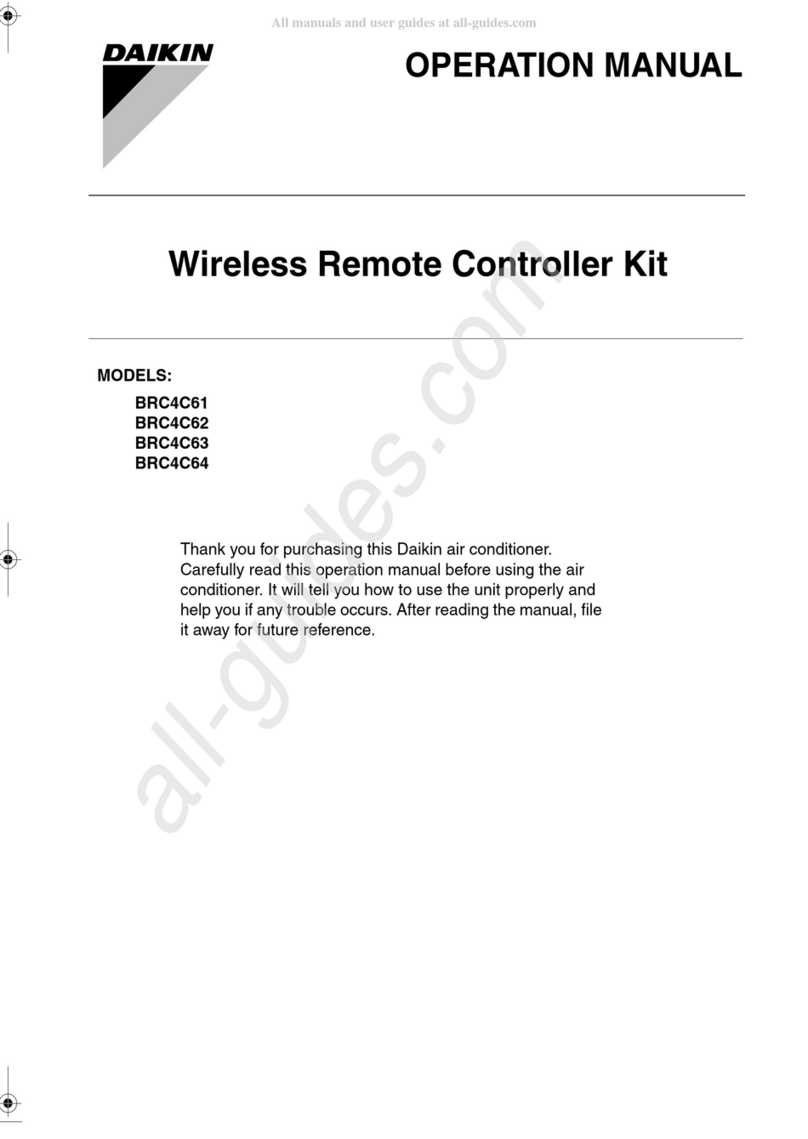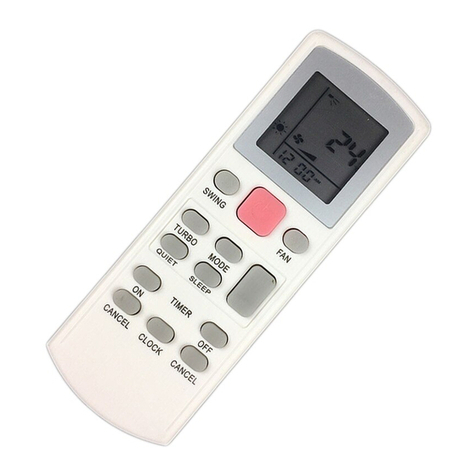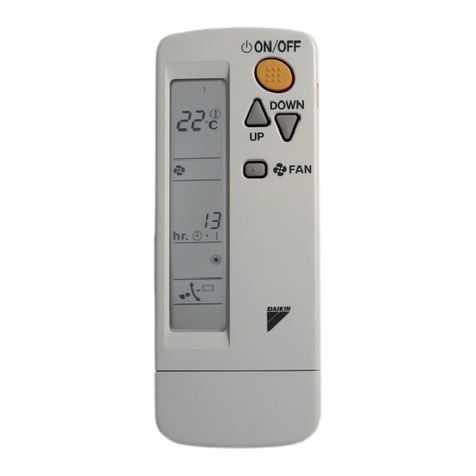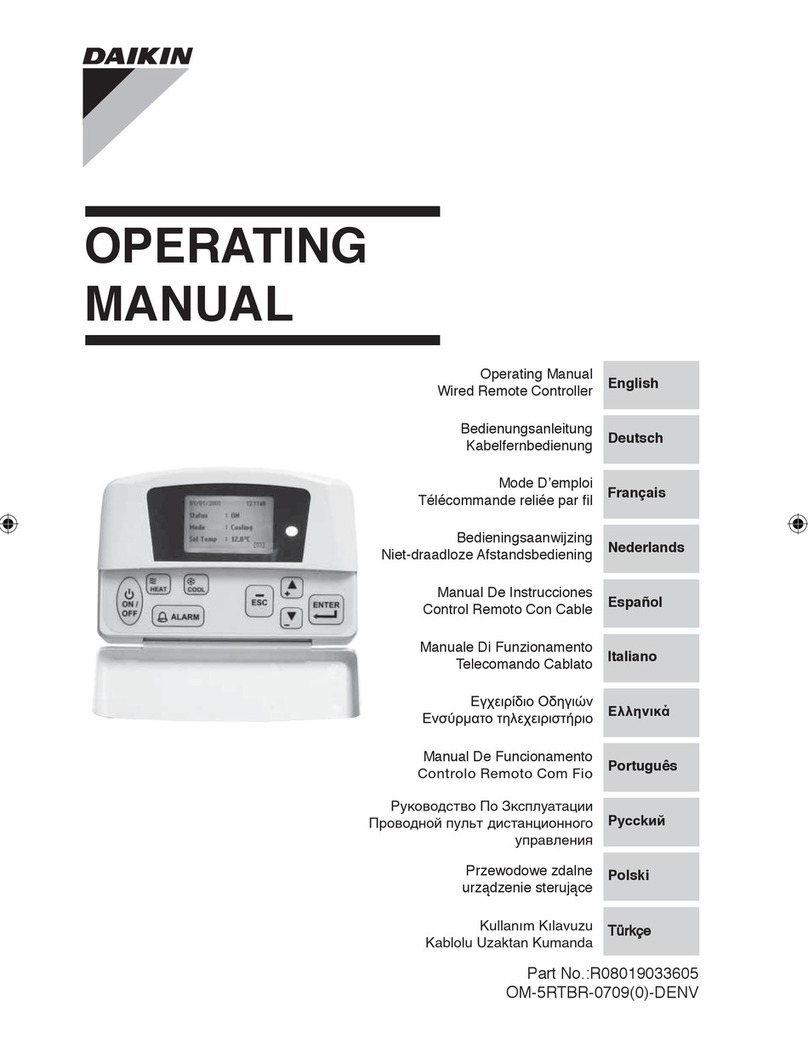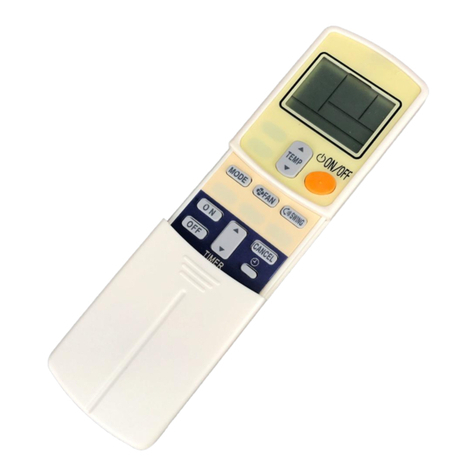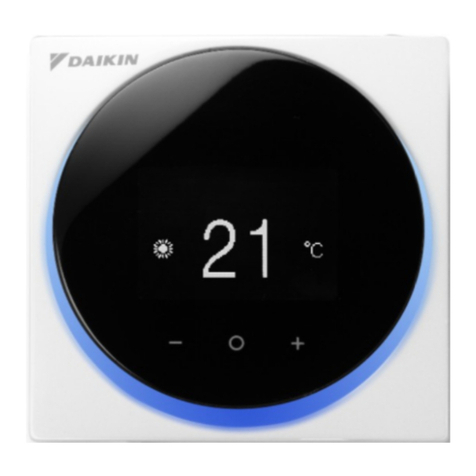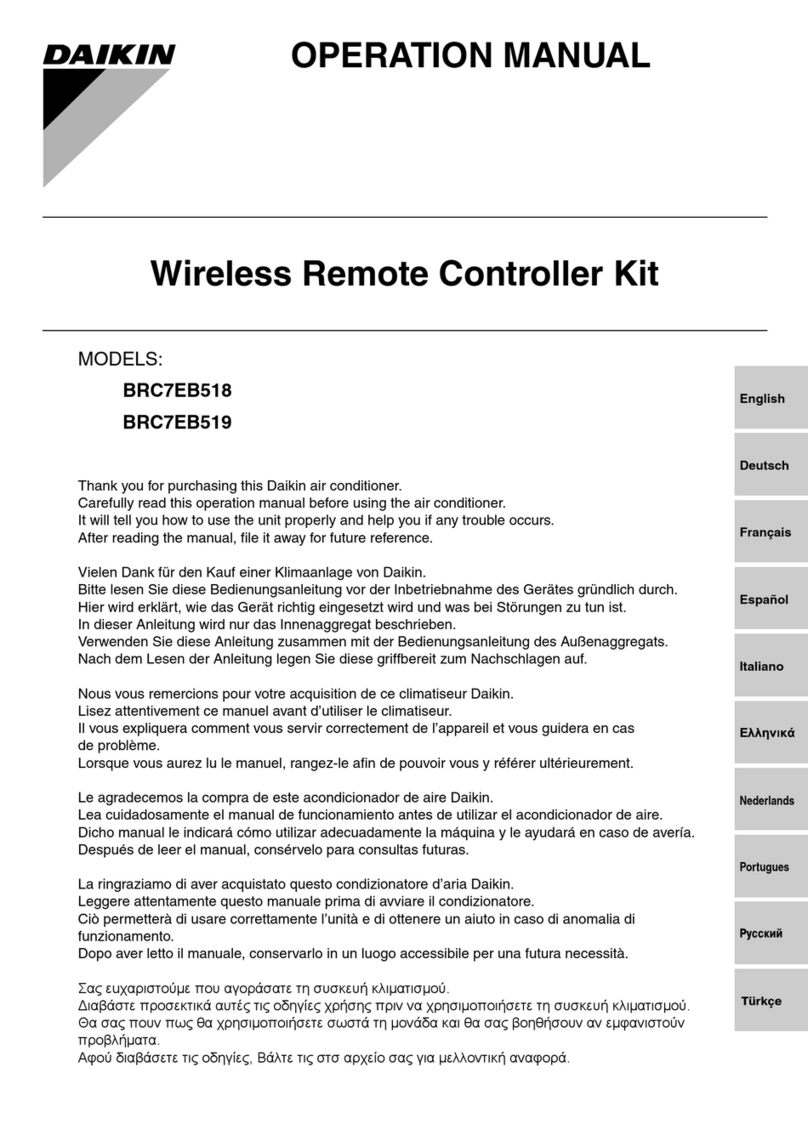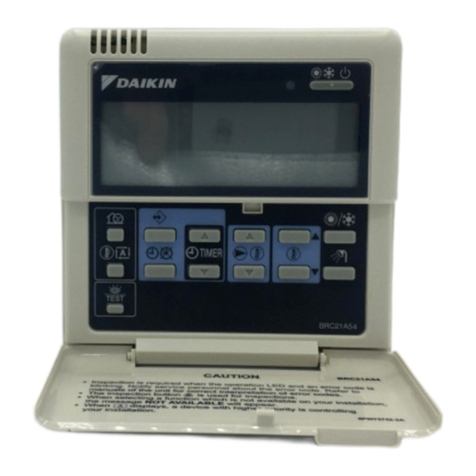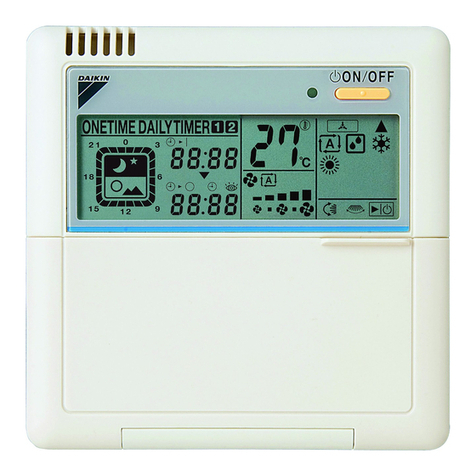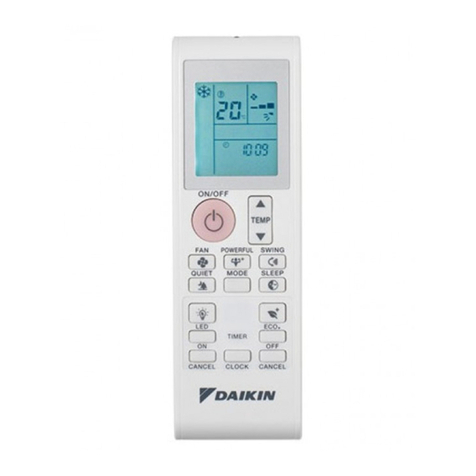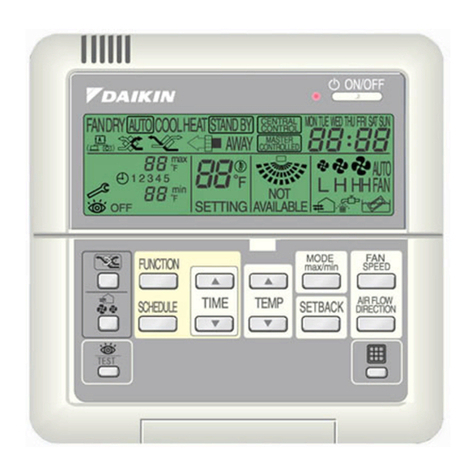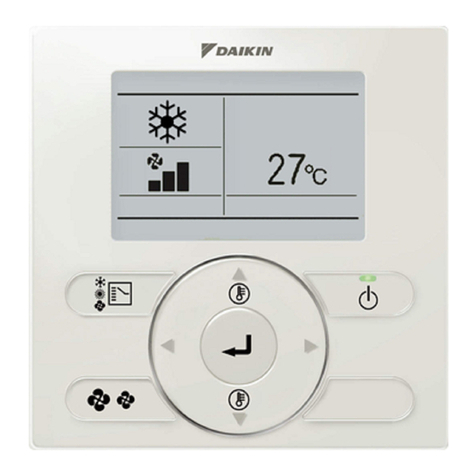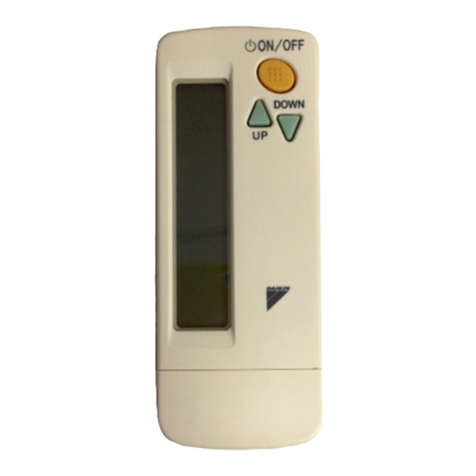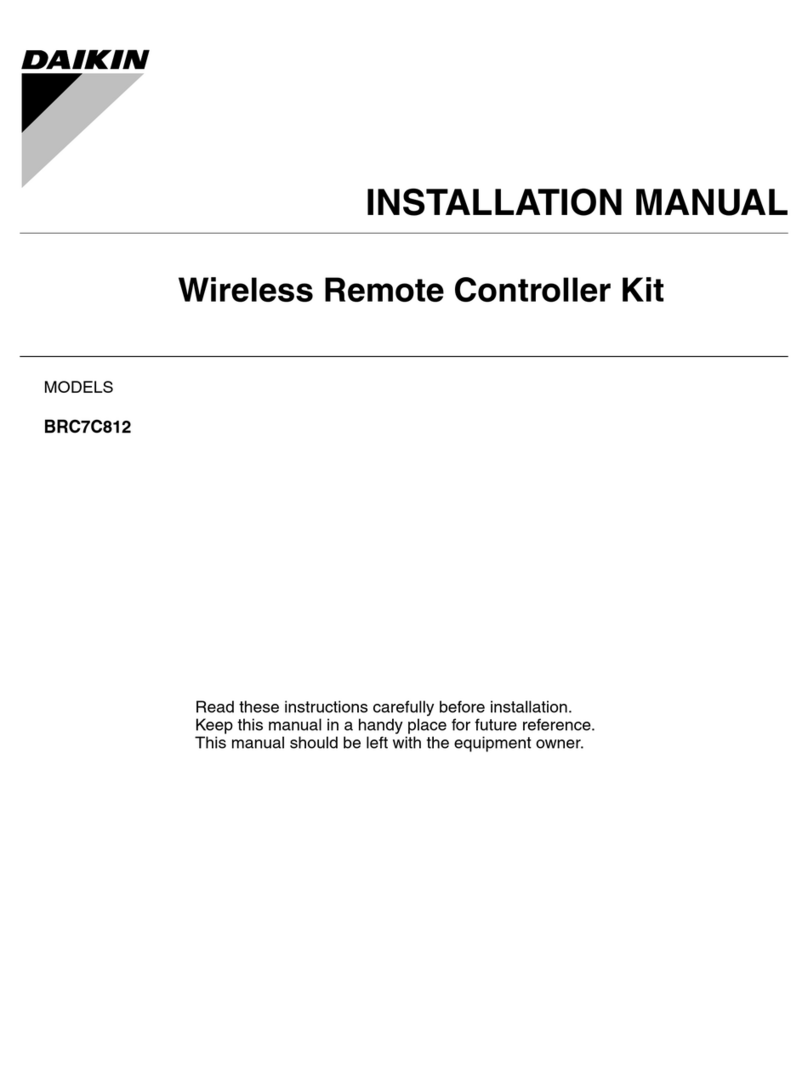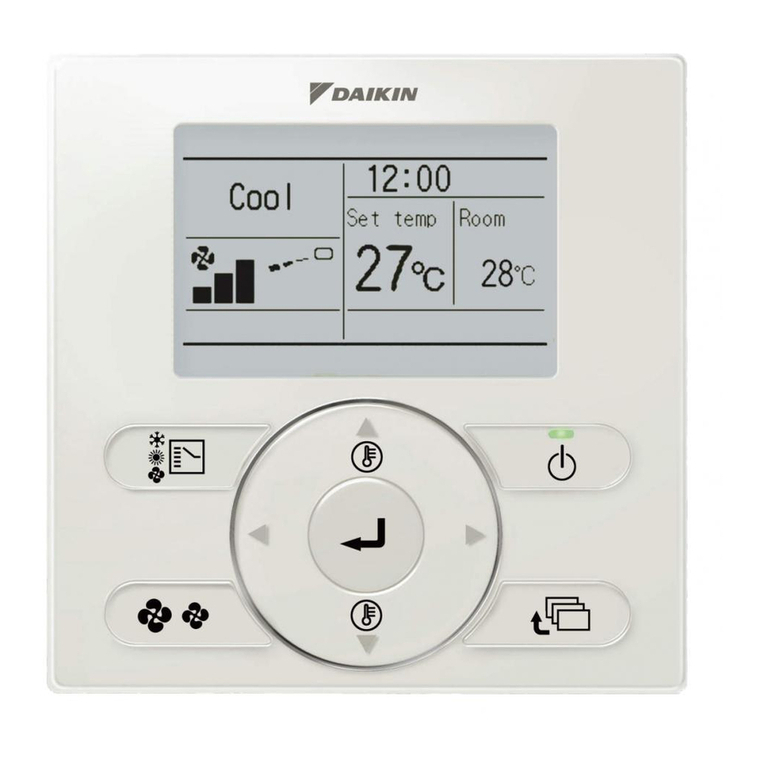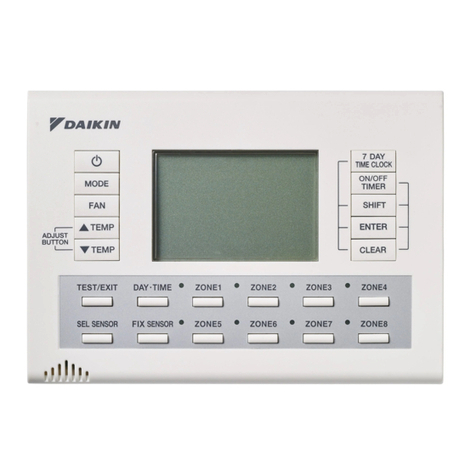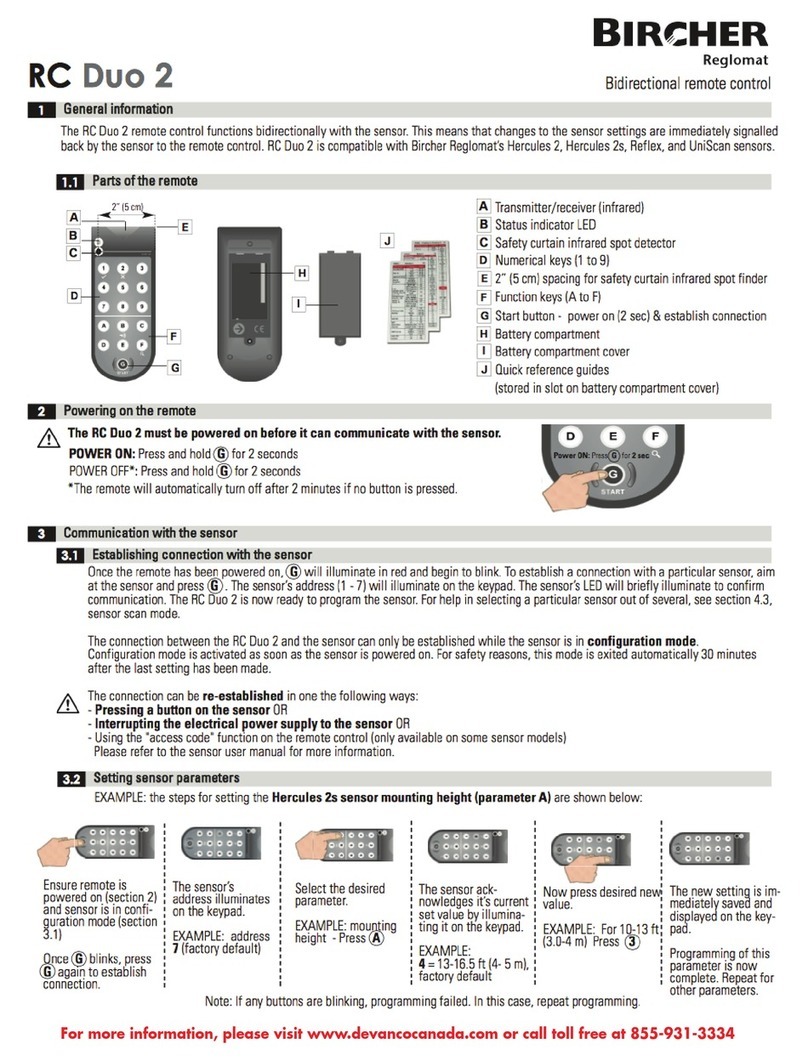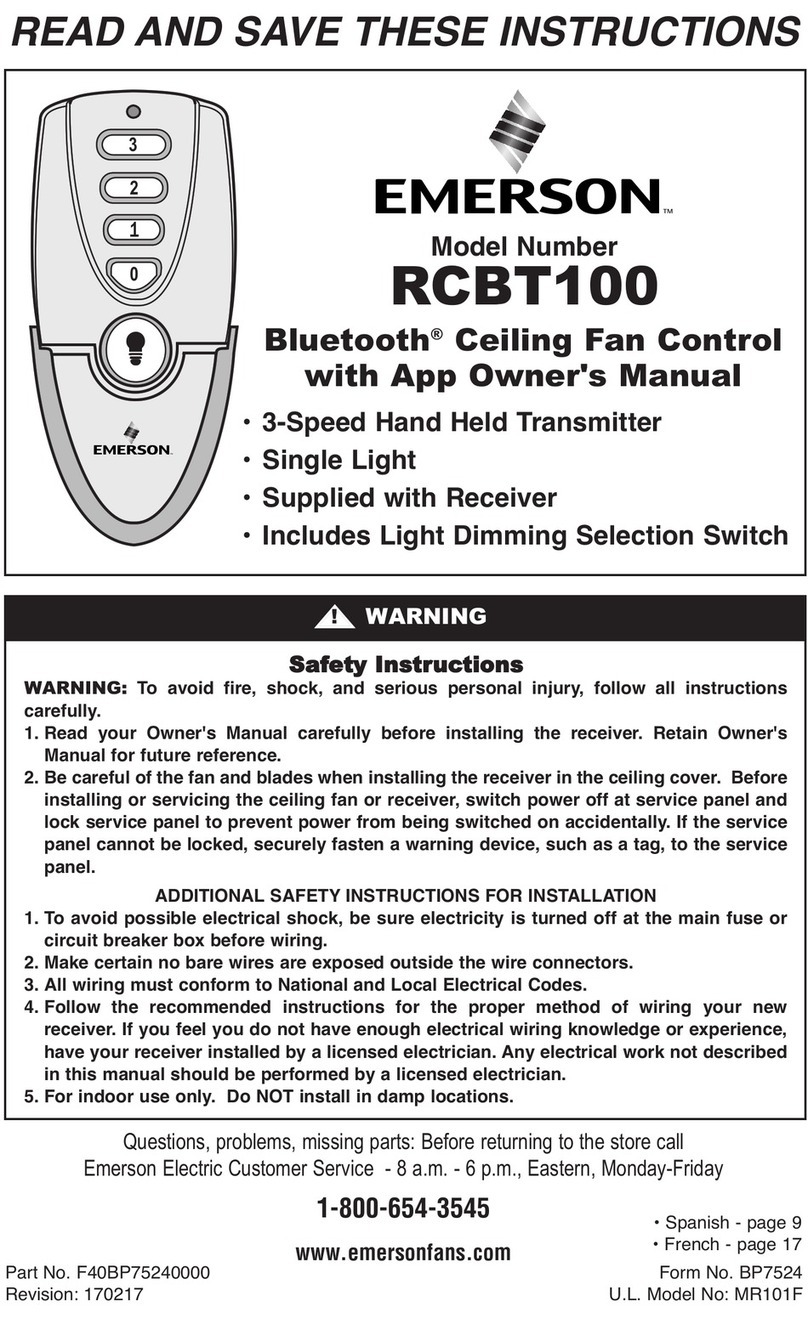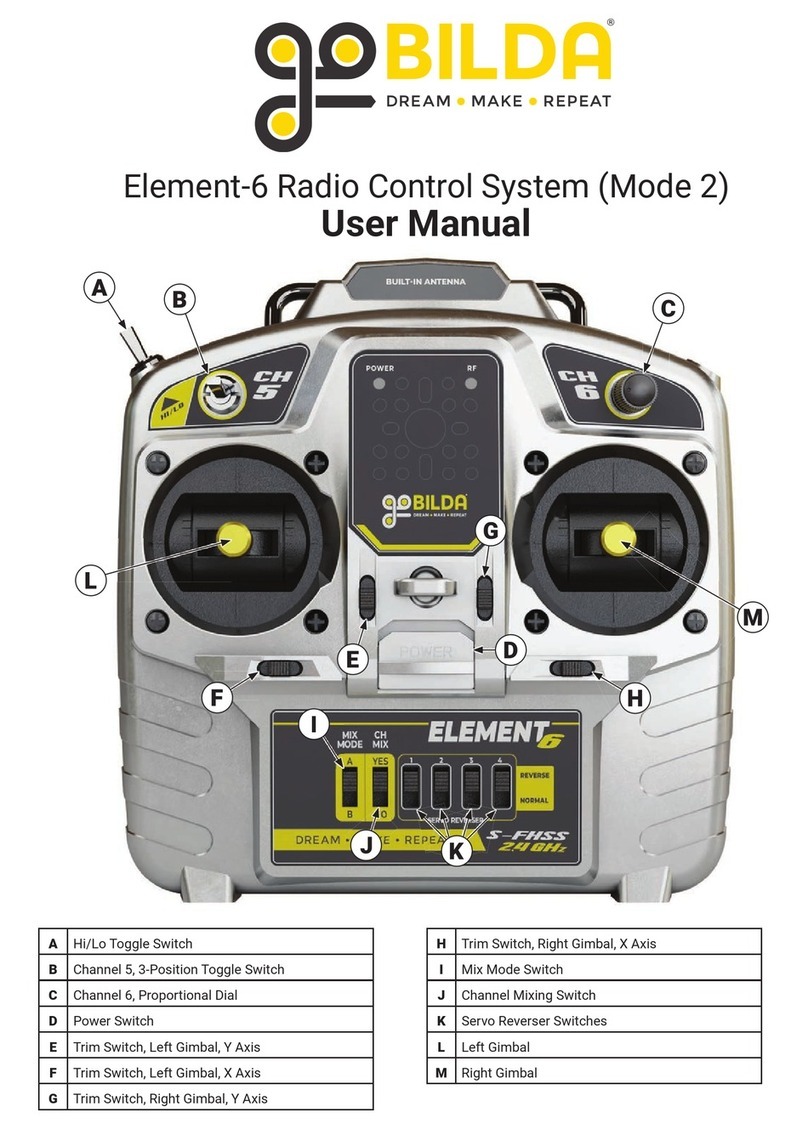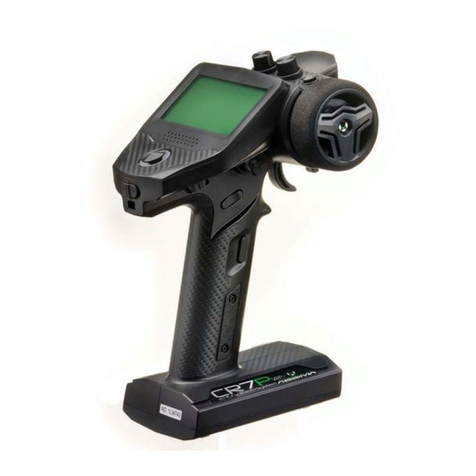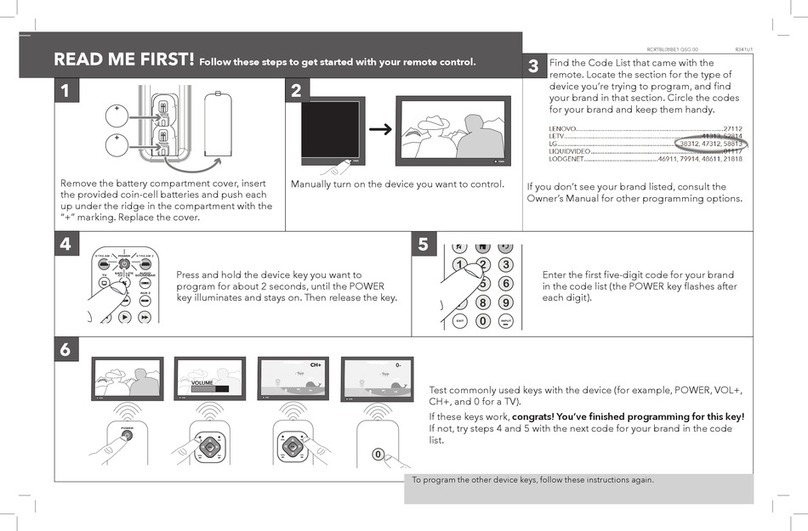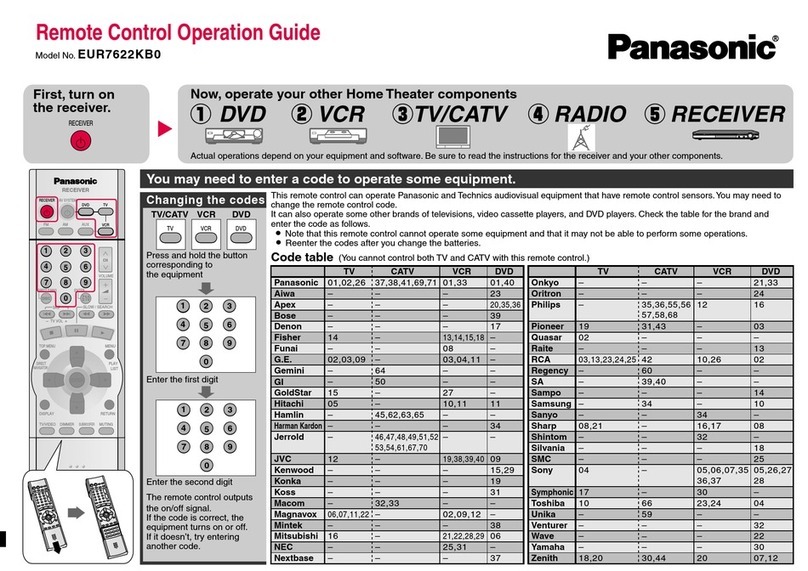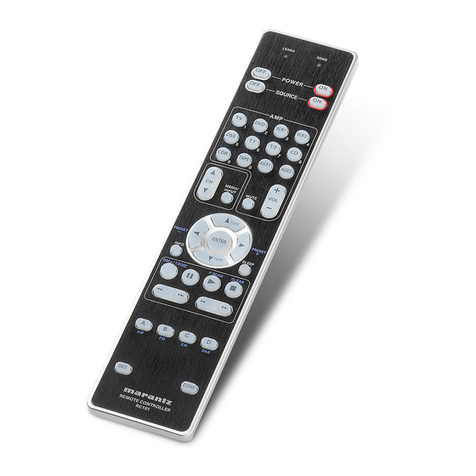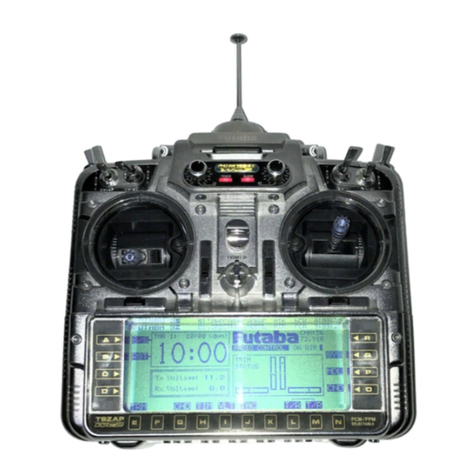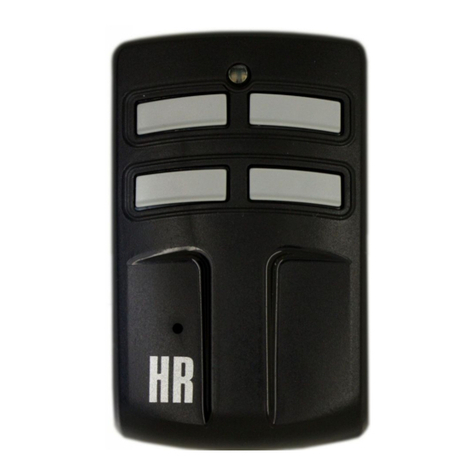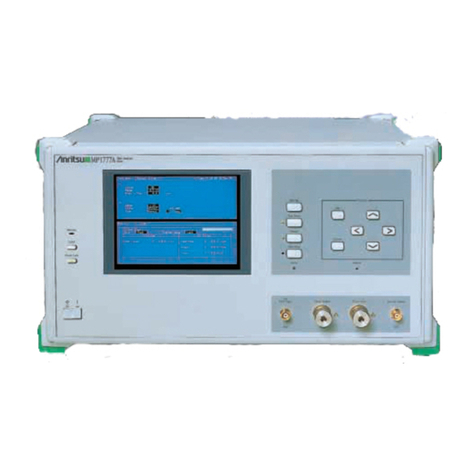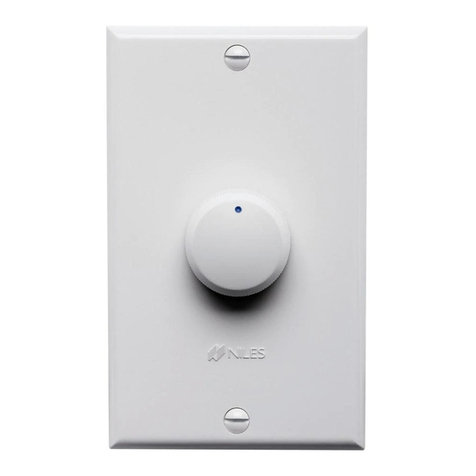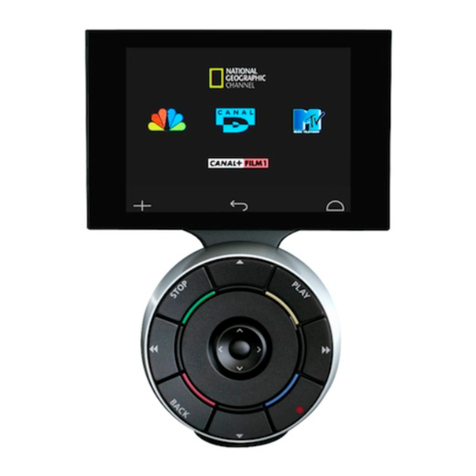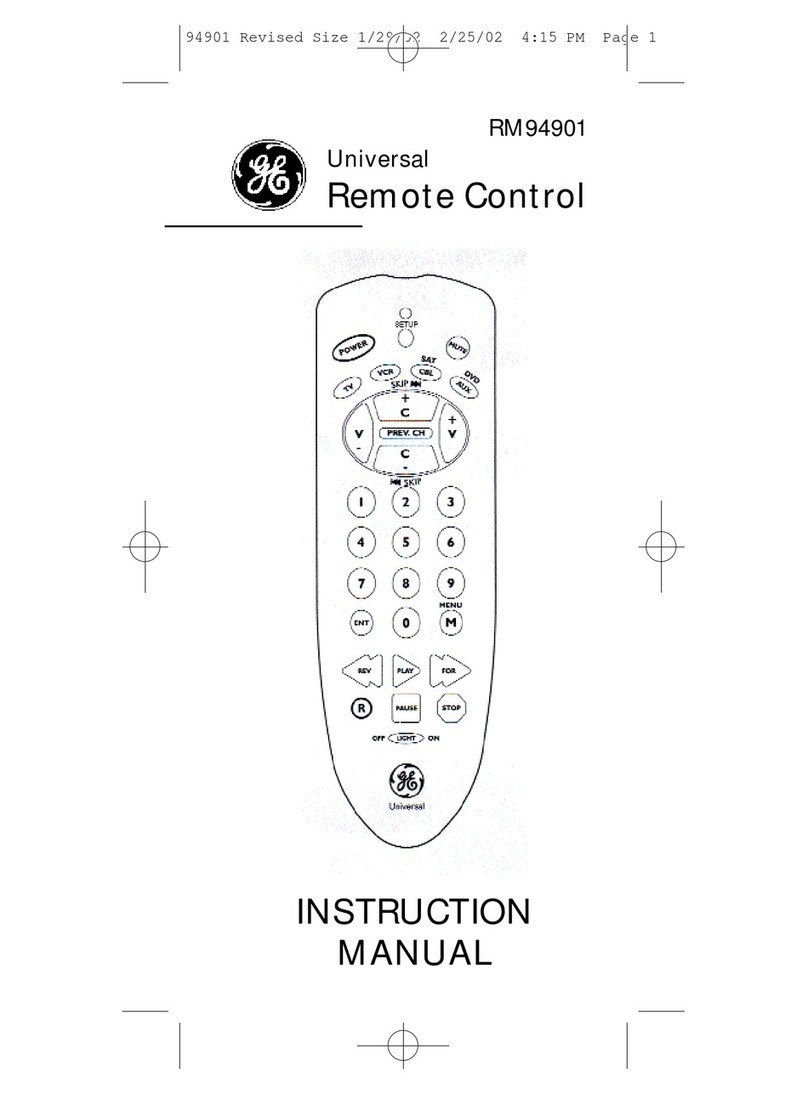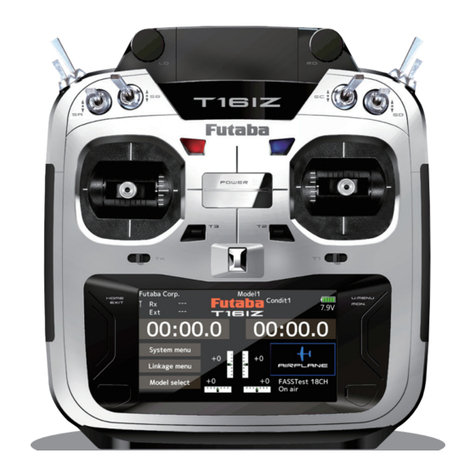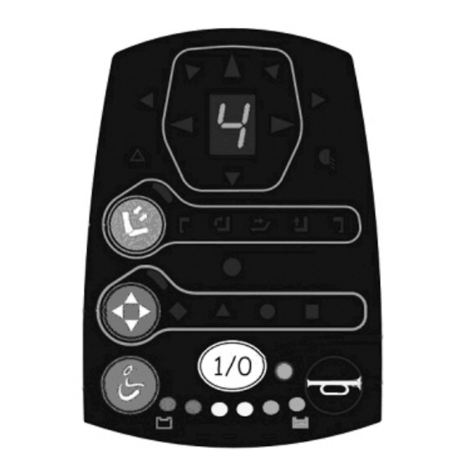www.DaikinApplied.com 2 IM 1119-1
...........................2
.3
.3
.4
T9000 Wireless RCN Kit No. 910108604 – Parts Included .......4
Console Water Source Heat Pump Models WMHC &
WMHW - RCN Installation ...........................8
Heat Pump Kit Part No. 668898501 – Parts Included ...........8
Vertical Stack Water Source Heat Pump Models WVHC &
WVHF - RCN Installation ...........................10
Heat Pump Kit Part No. 910139783 – Parts Included ..........10
RCN Application – Conguration ....................12
RCN Conguration Table for All WSHP Units ..........13
Installing and Removing Nodes .....................16
Installing Nodes .......................................16
Control Logic Tables ..............................20
Frequently Asked Questions........................21
T9000 Programmable Wireless Thermostat Button
Descriptions .....................................23
Manufacturers Statement
Safety Information ................................
Introduction......................................
RCN Installation ..................................
Manufacturers Statement
The manufacturer is not responsible for any radio or TV
interferencecausedbyunauthorizedmodicationstothis
equipment.Suchmodicationscouldvoidtheuser'sauthority
to operate the equipment.
This equipment complies with part 15 of the FCC rules.
Operation is subject to the following two conditions: (1) This
devicemaynotcauseharmfulinterference,and(2)thisdevice
mustacceptanyinterferencereceived,includinginterference
that may cause undesired operation.
The original equipment manufacturer (OEM) must ensure that
FCC labeling requirements are met. This includes a clearly
visiblelabelontheoutsideofthenalproductenclosurethat
displays the following:
Contains FCC ID: TGD12200/IC: 6120A-12200

